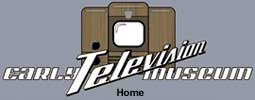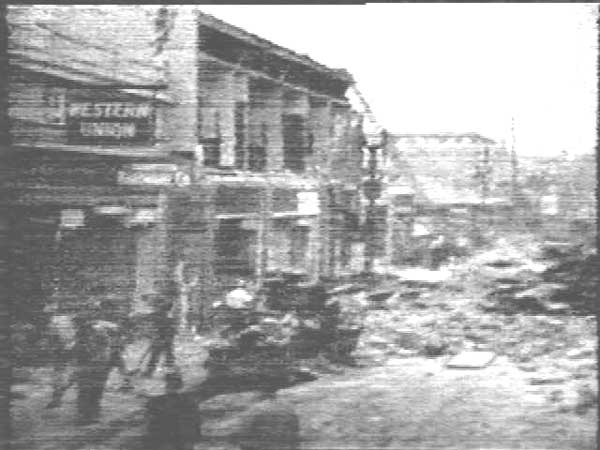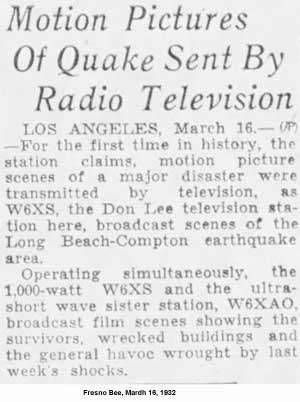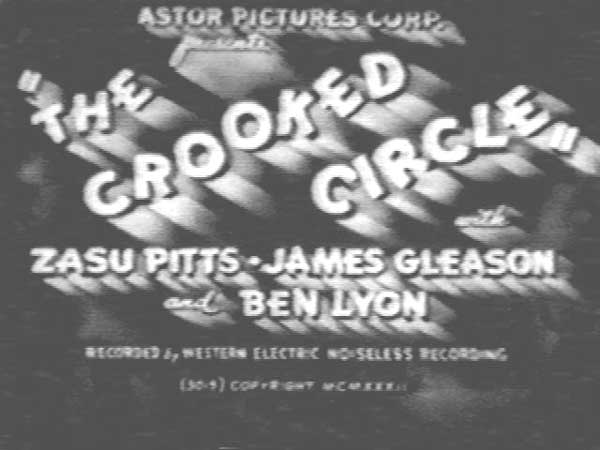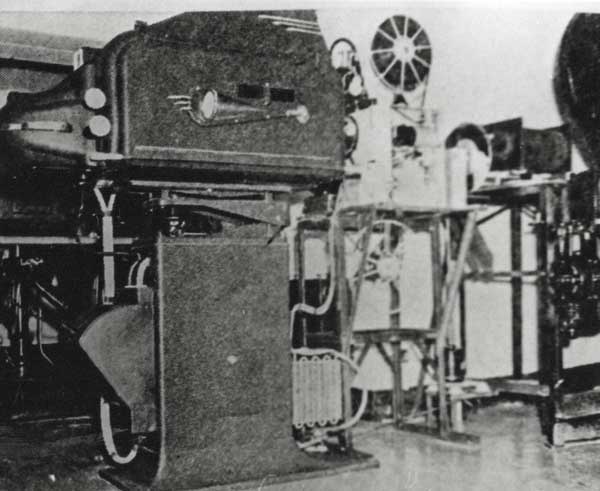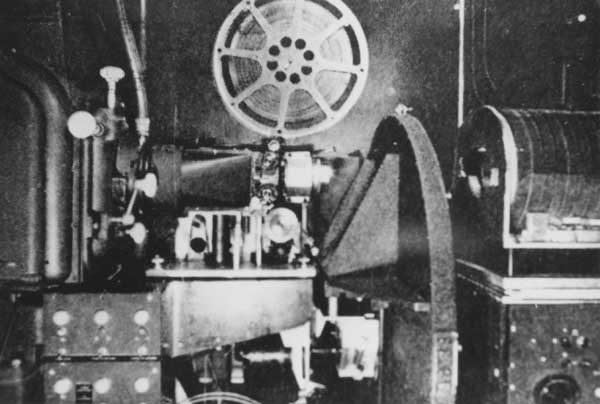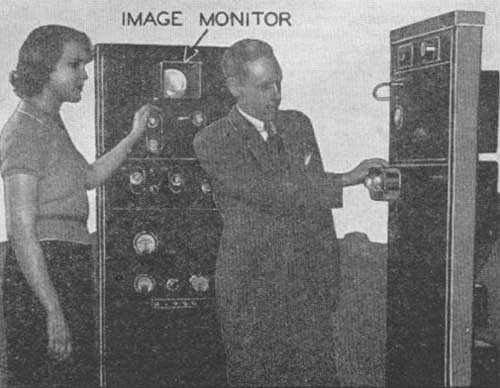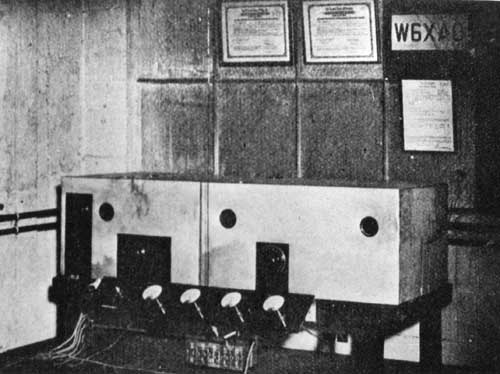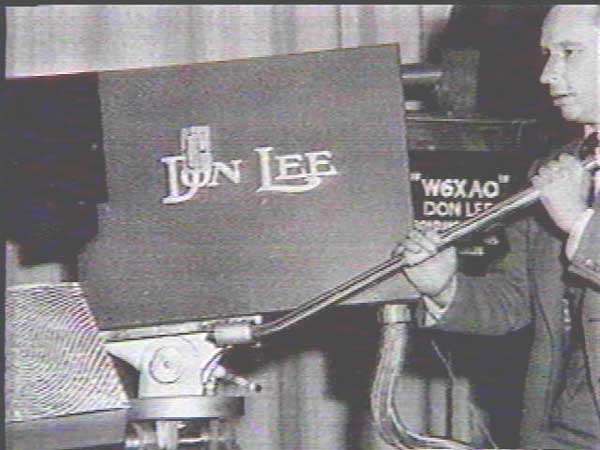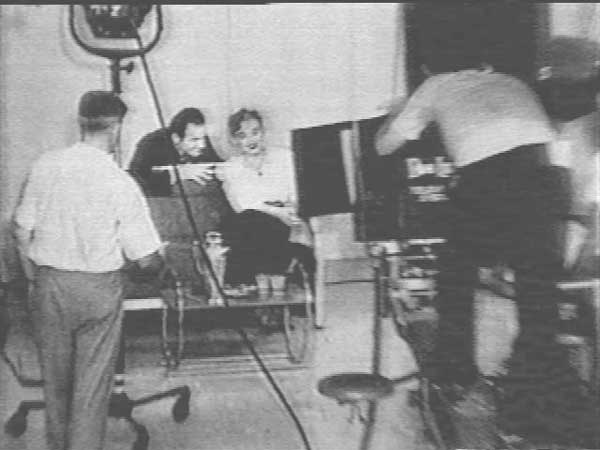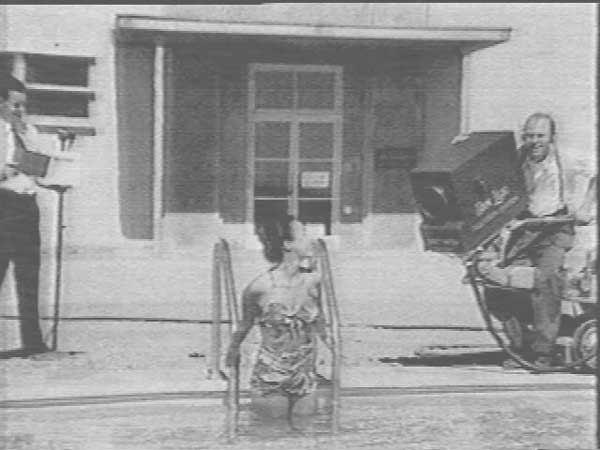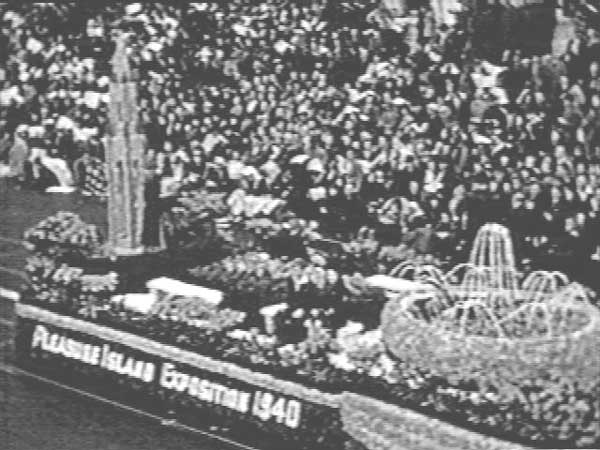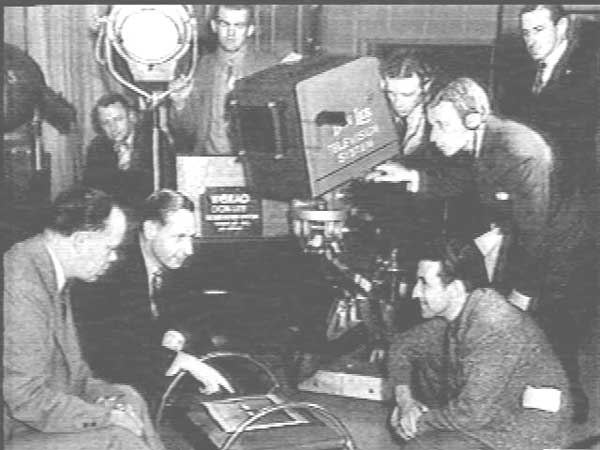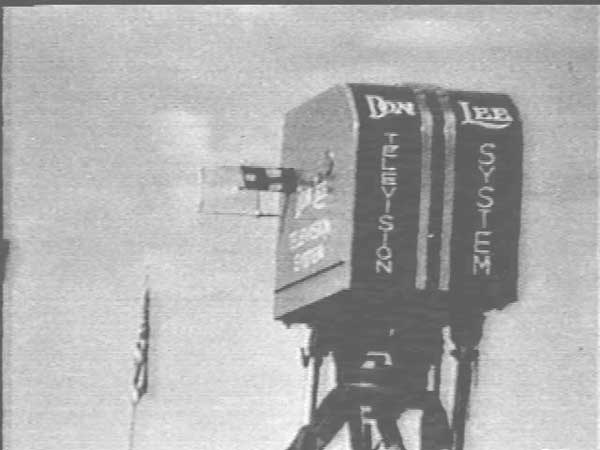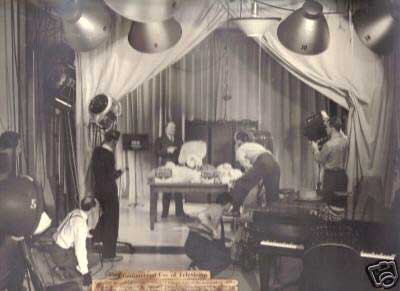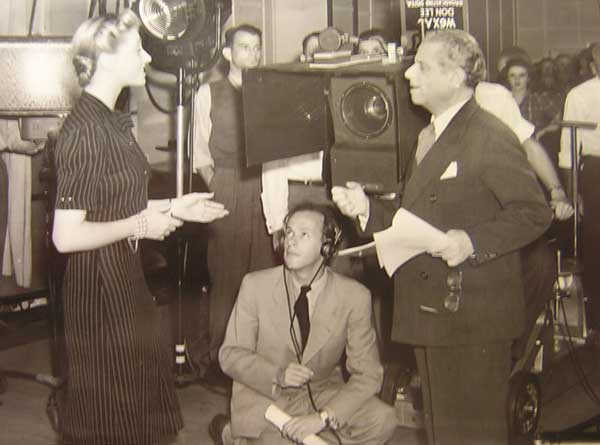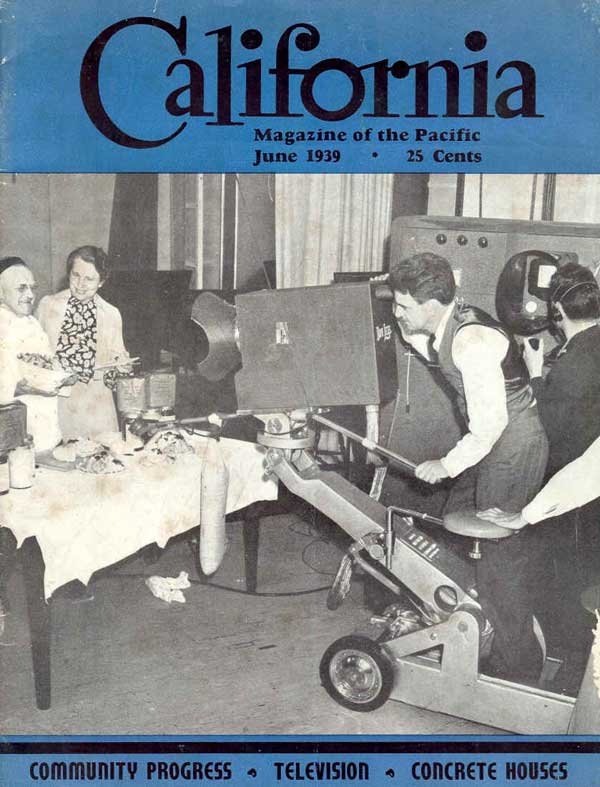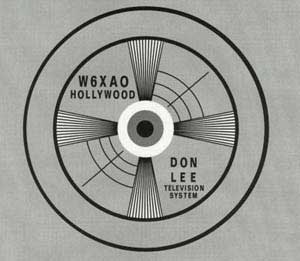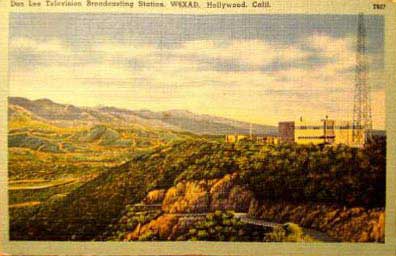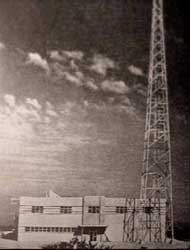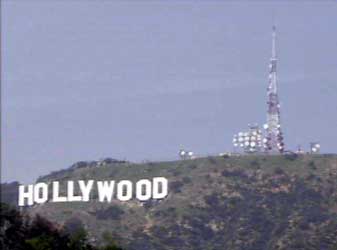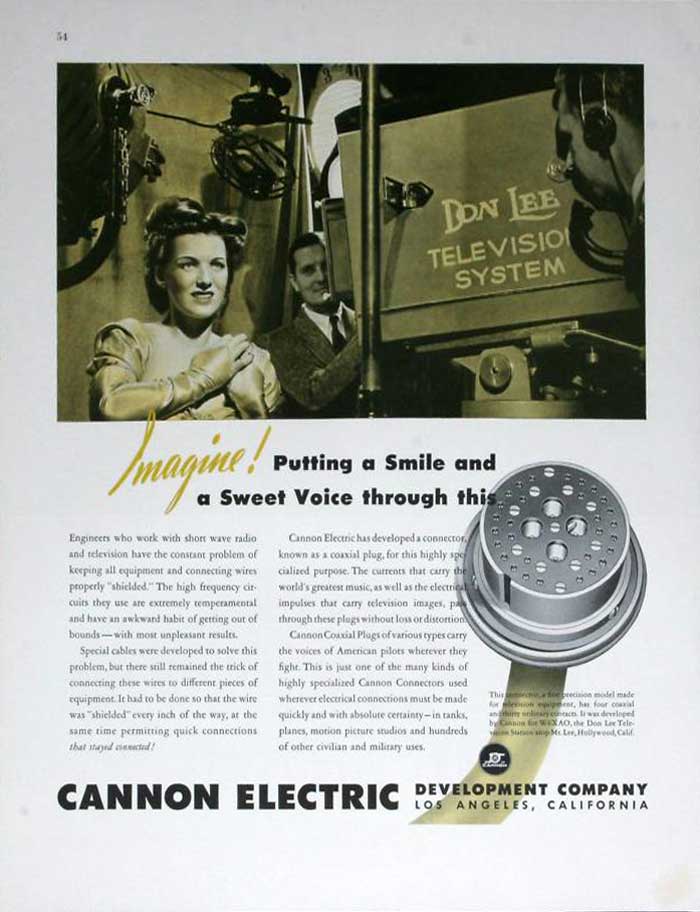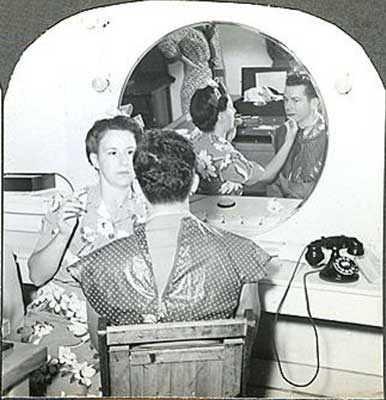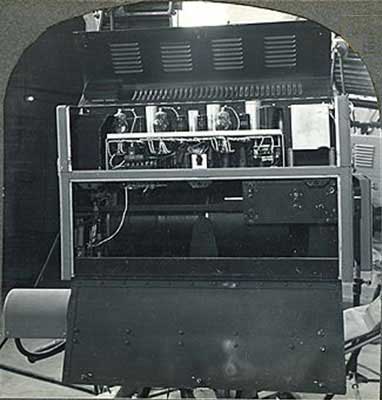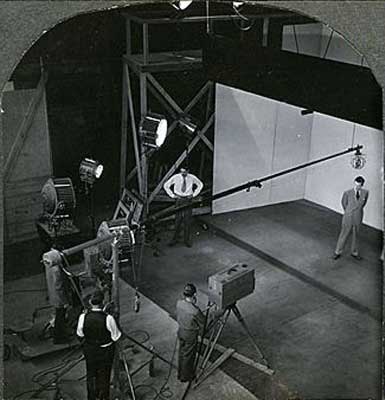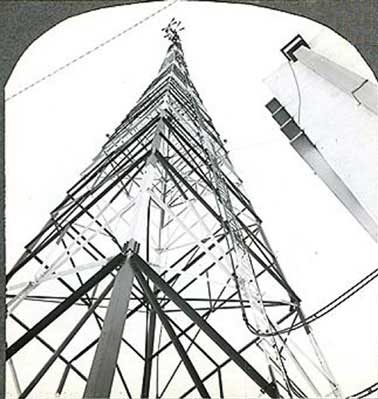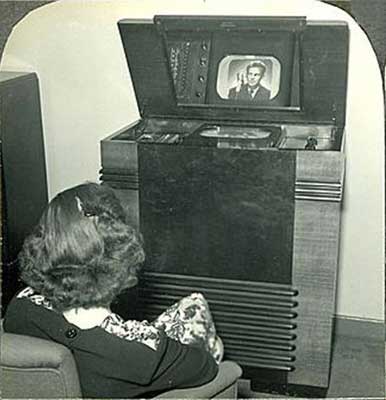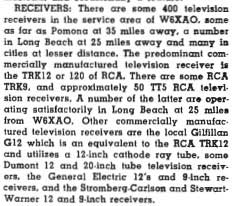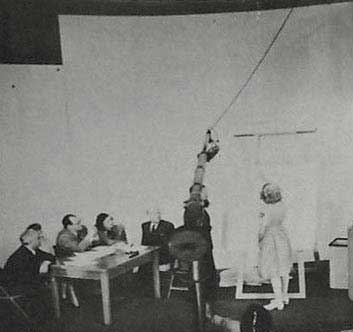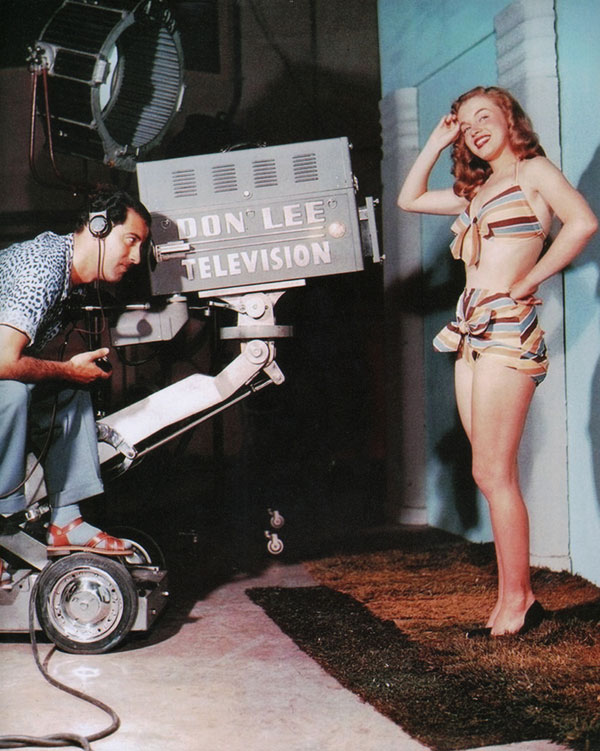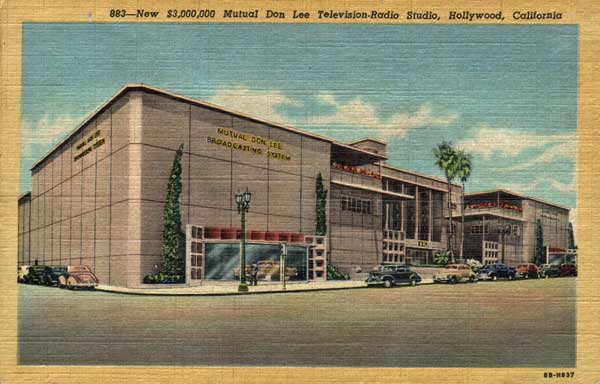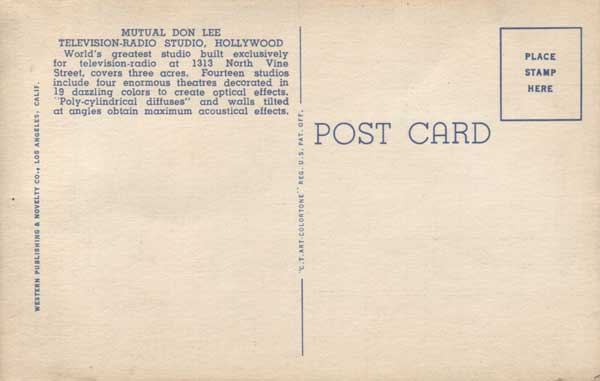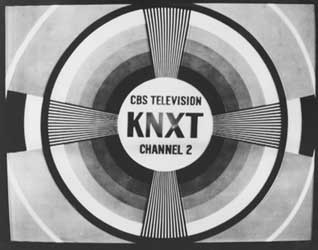Early Television W6XAO/KTSL/KNXT - Los AngelesOne of the most interesting stories in the history of early television is that of Don Lee Broadcasting. Don Lee was a Cadillac dealer in Los Angeles who entered the broadcasting business in 1926 with the purchase of a radio station. In November, 1930, Don Lee engaged the services of 24-year-old Harry R. Lubcke, B.S., University of California, an electrical engineer, and gave him the title of Director of Television of the Don Lee Broadcasting, and applied for a construction permit for the first television station on the west coast, W6XAO.
Many of the pictures above their captions were generously provided by Steve Dichter. More on Don Lee can be found in the Robert L. Pickering's article titled Eight Years of Television in California. Ed Reitan provided an account the history of Don Lee television. More information is provided in a description of W6AXO in 1942 by Al Germond. More W6XAO pictures from a 1944 book "Get Ready to Sell Television."
|
